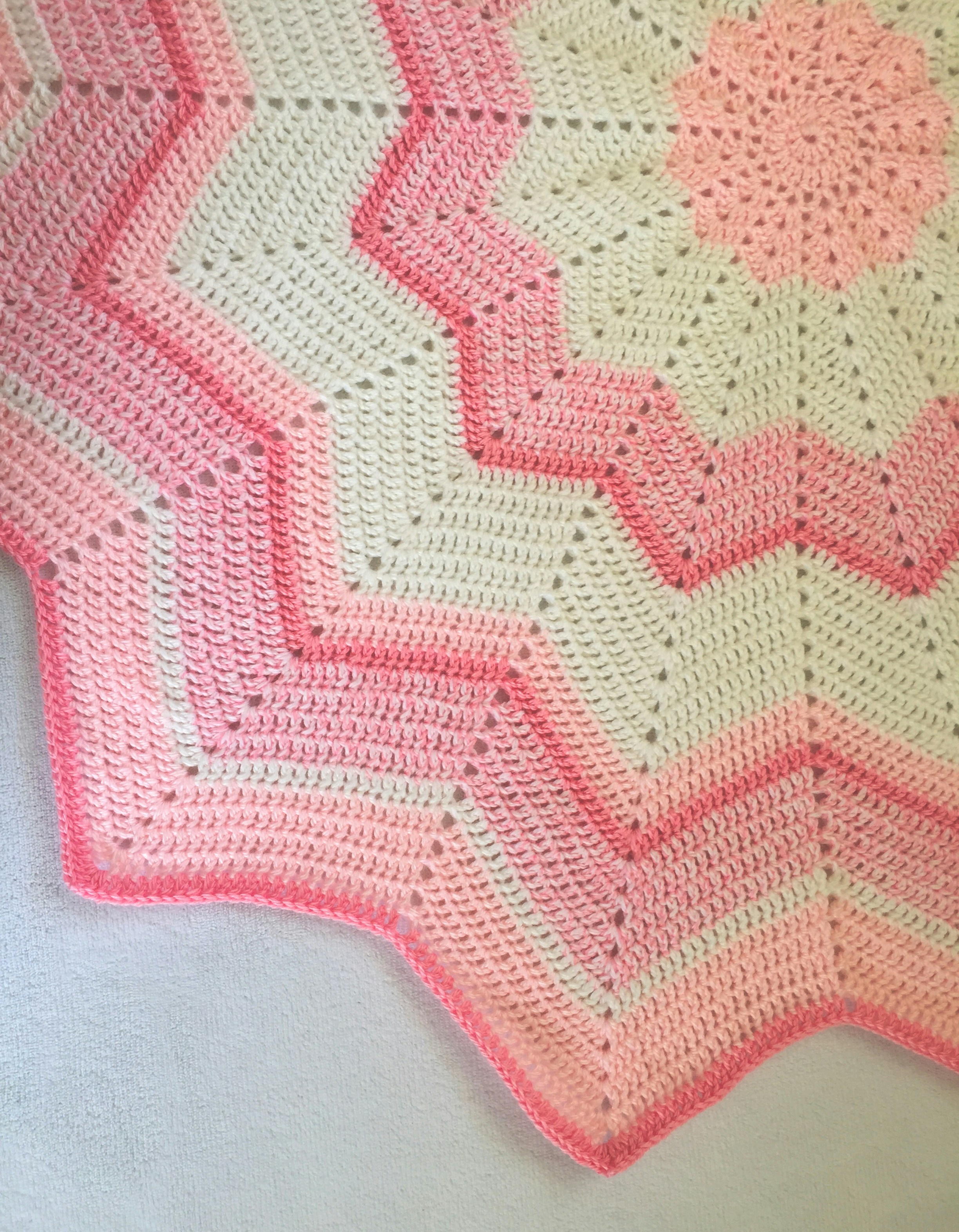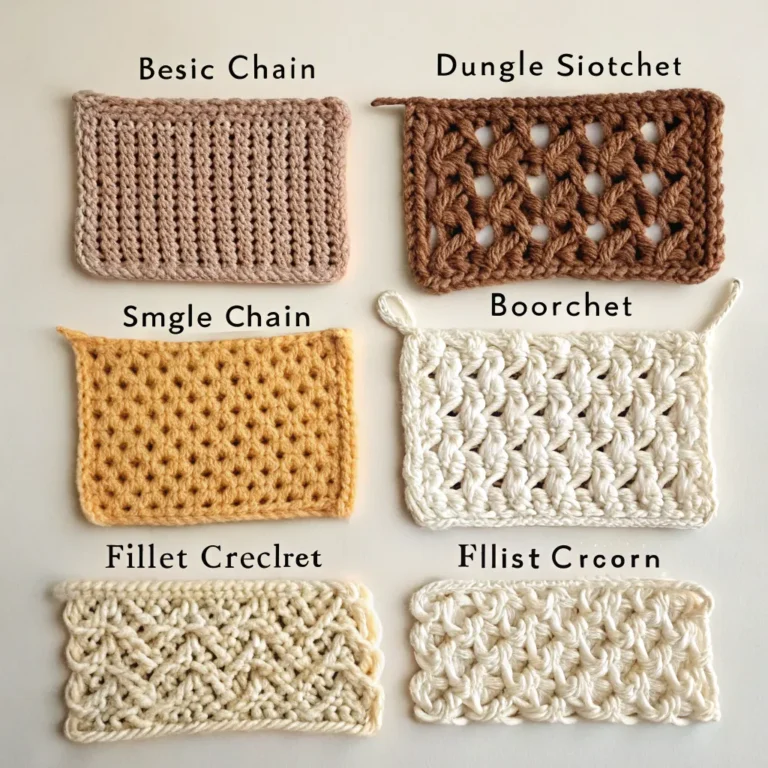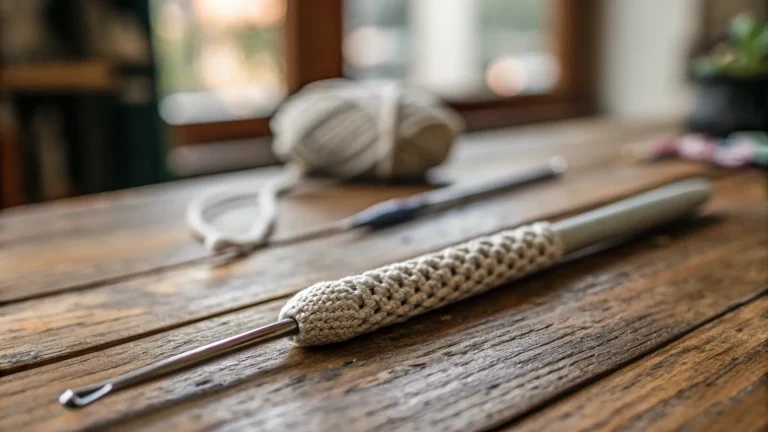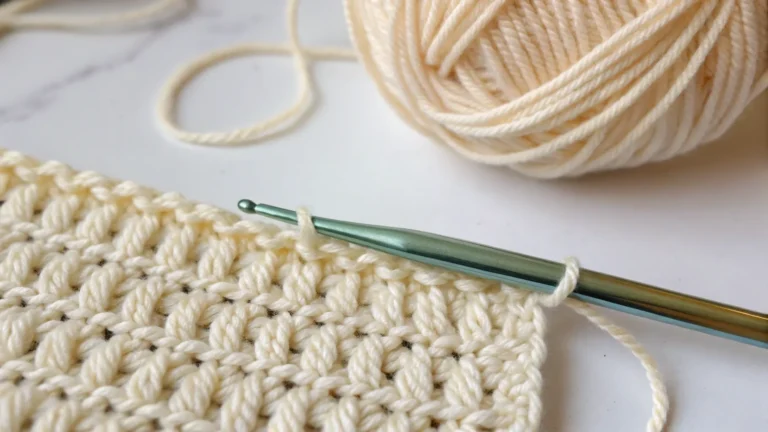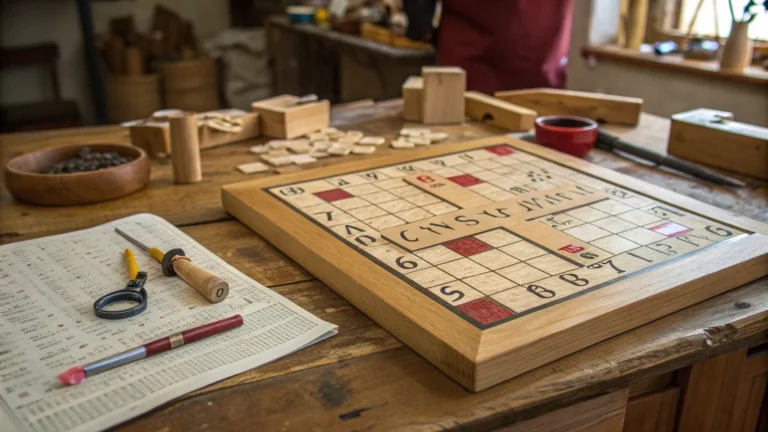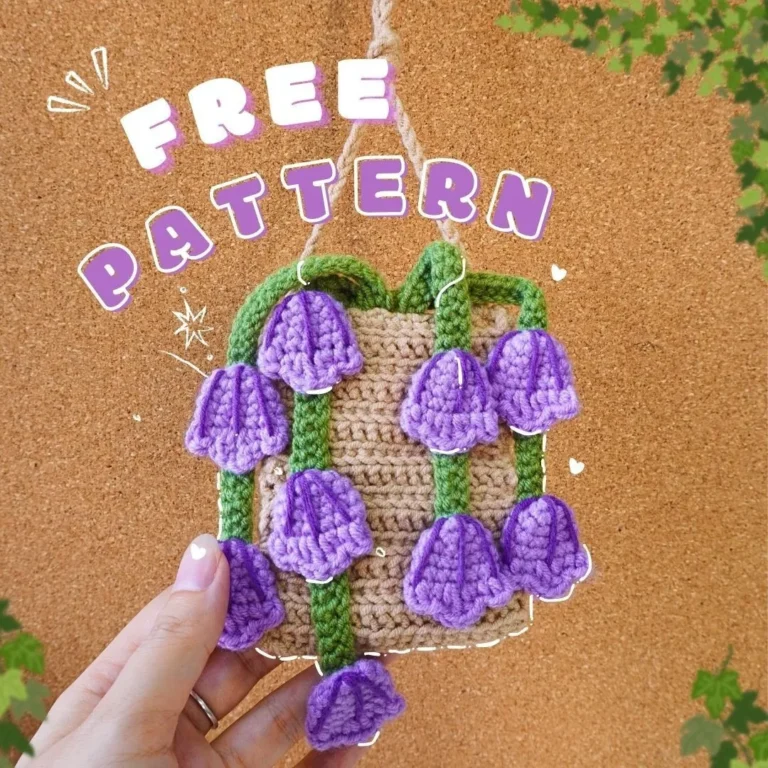crochet blanket
Introduction to Crochet Blankets
Crochet blankets have long been celebrated as a beloved item within the crafting community, offering both comfort and aesthetic appeal. At their core, these blankets are composed of interlocking yarn stitches created using a crochet hook, resulting in a versatile textile that can be adapted to various styles, patterns, and colors. The charm of crochet blankets lies not only in their cozy warmth but also in the intricate designs that can be achieved, making each piece unique to its maker.
The history of crochet dates back to the 19th century, although the exact origins are somewhat obscure. It is believed that the technique evolved from traditional lace-making methods. Over the years, crochet has gained traction as a popular craft globally, with crochet blankets prominently featured in the fabric of domestic life—serving as bed covers, throws, and decorative pieces. This versatile technique allows crafters to express their creativity, offering a satisfying sense of accomplishment as stitches combine to form delightful designs.
Crafting a crochet blanket can be especially rewarding, as it can be tailored to suit individual preferences in terms of size, color, and complexity. Many people embark on such projects as a means of relaxation and personal expression. Additionally, handmade crochet blankets make thoughtful gifts that convey love and warmth, further enhancing their sentimental significance. Whether made for a loved one or oneself, the process of creating a crochet blanket is often seen as an act of care and devotion, reinforcing their importance in both personal and communal settings.
As interest in handmade crafts continues to flourish, crochet blankets remain a steadfast favorite within the realm of yarn crafting. Their ability to combine practicality with creativity will ensure that they remain a staple project for crafters of all levels for years to come.
Choosing the Right Yarn and Tools
When it comes to creating crochet blankets, selecting appropriate yarn and tools is crucial for achieving the desired results. Yarn comes in various weights and fiber types, each offering distinct characteristics that can dramatically impact the finished product. Generally, yarn weight is classified from lace to bulky, with worsted weight being a popular choice for blankets due to its balance between warmth and ease of handling. For those new to crochet, medium-weight yarn is ideal, as it allows for easy visibility of stitches and ensures a quicker completion time.
Fiber content is another important aspect when choosing yarn. Natural fibers like cotton and wool possess different qualities; cotton is breathable and absorbent, making it perfect for summer blankets, whereas wool provides warmth and durability, making it suitable for colder climates. For those seeking a hypoallergenic option, acrylic yarn is widely available and comes in a multitude of colors, offering excellent versatility for creative designs. Blended yarns that combine various fibers can also be a great choice, as they tend to combine the best traits of each material.
Alongside selecting the right yarn, having the appropriate tools is equally significant. A crochet hook’s size should correspond with the yarn’s weight, ensuring that the tension remains consistent throughout the project. Tools generally come in different materials such as aluminum, bamboo, or plastic, each contributing a unique feel to the crafting experience. Essential tools also include sharp scissors for clean cuts and a measuring tape for ensuring precise dimensions. For beginners and seasoned crocheters alike, ensuring that the right materials are chosen can lead to a more enjoyable and successful crochet experience, making it vital to invest time into understanding these elements before starting a new project.
Basic Crochet Stitches for Beginners
For anyone embarking on the journey of crochet, understanding basic crochet stitches is paramount. Mastery of these fundamental techniques not only forms the foundation for creating intricate patterns but also enhances the overall crochet experience. This guide will delve into several essential crochet stitches, providing clear step-by-step instructions to ensure newcomers can practice with confidence.
The first stitch to learn is the **chain stitch**, often referred to as the foundation stitch. To begin, make a slip knot and hold the yarn in your dominant hand. Use your crochet hook to yarn over, pulling the yarn through the slip knot to create your first chain. Continue yarning over and pulling through until the desired length is reached. This stitch will serve as the base for most crochet projects.
Next, we have the **single crochet stitch**, which adds texture and density to your blanket. Insert your hook into the second chain from the hook, yarn over, and pull up a loop. You should now have two loops on your hook. Yarn over again and pull through both loops to complete the single crochet. Repeat this process across your foundation chain, and you will create a robust and sturdy first row.
The **double crochet stitch** introduces height and flexibility in your work. To execute a double crochet, yarn over before inserting your hook into the next stitch. Yarn over again and pull up a loop, leaving you with three loops on the hook. Yarn over once more, pulling through the first two loops, and then yarn over again to pull through the remaining two loops.
Lastly, the **half double crochet stitch** combines elements of both the single and double crochet stitches. Yarn over, insert your hook into the stitch, yarn over again, and pull through. You will have three loops on your hook. Yarn over once more and pull through all three loops. This stitch adds a unique texture to your blanket without compromising its coziness.
By practicing these fundamental crochet stitches, beginners will gain the confidence needed to create stunning crochet blankets while exploring various patterns and designs. Each stitch opens the door to boundless creative possibilities. Whether making a gift or a personal project, these foundational techniques will enhance your crochet skills significantly.
Popular Crochet Blanket Patterns
Crochet blankets can be crafted in a plethora of patterns, each offering unique aesthetics and levels of complexity. Among the most popular designs are granny squares, chevron patterns, and ripple blankets, each catering to different crochet enthusiasts and skill levels.
Granny squares are perhaps the most recognizable crochet blanket pattern. This technique involves creating small, square motifs that are then joined together to form a larger blanket. The beauty of granny squares lies in their versatility; they can be made in various colors and sizes, making them suitable for both beginners and advanced crocheters. Many find this pattern particularly appealing due to the ease of learning and the ability to work on small projects that can later be combined.
Another favored design is the chevron pattern, which features a series of zigzag shapes. This pattern can range from simple to complex, depending on the number of colors and the intricacy of the design. Chevrons are often used to create modern and stylish blankets that are visually striking. Crocheters can choose to make their chevrons using a single color for a classic look or numerous colors for a more vibrant and dynamic effect.
Ripple blankets, similar to chevrons, create a wave-like effect through alternating increases and decreases in stitches. The ripples can produce a soothing visual flow, making this pattern a favorite for home décor. While ripple blankets may require more experience due to their stitch manipulation, the comfortable and inviting result is well worth the effort.
Choosing the right crochet blanket pattern often depends on one’s skill level and personal taste. Beginners may prefer the straightforward approach of granny squares, while those with more experience might enjoy the artistic challenges of chevron or ripple designs. Regardless of the pattern selected, each offers an opportunity for creativity and expression through the art of crochet.
Techniques for Customizing Your Blanket
Crochet blankets are not just functional items; they are also opportunities for personal expression. Customizing your crochet blanket enables you to infuse it with individuality, reflecting either your style or that of the intended recipient. One of the most effective ways to achieve this is through the selection of color combinations.
When choosing colors, consider employing a color wheel to identify complementary and contrasting shades. A harmonious palette can evoke a calming effect, while bold contrasts may imbue the blanket with vibrancy and energy. Experimenting with varying yarn textures can further elevate the blanket’s aesthetic appeal. Yarn in different fibers, such as cotton, wool, or acrylic, offers unique textures that can enhance the visual and tactile experience of the blanket.
Incorporating motifs or patterns into your crochet blanket can also introduce an element of personalization. Whether opting for a traditional granny square or more intricate designs like flowers, geometric shapes, or themed motifs, these elements can tell a story or accentuate a particular theme. They can be strategically placed to create a central focal point or scattered throughout the crochet project for a cohesive look.
Borders play an essential role in shaping the overall appearance of your project. A well-chosen border can add a finished touch and define the edges of your blanket. Techniques such as shell stitches, picot edges, or even simple single crochet rounds can enhance the overall design, making it more sophisticated and visually inviting.
Finally, don’t hesitate to add embellishments, such as appliqués, beads, or embroidery, to personalize your crochet blanket further. These elements offer an excellent opportunity to showcase creativity and individual flair. Overall, by thoughtfully considering colors, motifs, borders, and embellishments, you can create a crochet blanket that is both unique and meaningful, perfectly suited to the maker’s vision or the recipient’s preferences.
Finishing Touches: Edging and Care
Finishing techniques play a crucial role in the overall appearance and longevity of crochet blankets. One of the primary methods to enhance a blanket’s aesthetic is through proper edging. Edging not only provides a polished look but also prevents the project from unraveling and fraying. Common methods include single crochet borders, shell stitches, and picot edges. Each edging technique can dramatically alter the blanket’s style; therefore, selecting an appropriate edging that complements the main pattern is essential.
When considering the type of edging, it is vital to think about both functionality and design. For instance, if the blanket is intended for frequent use, a sturdy single crochet edge may be preferable, while a delicate picot edge may suit decorative or baby blankets. Before beginning the edging process, ensure that the blanket is laid flat. This will allow for an even application of the border, enhancing both the look and feel of the completed work.
Caring for crochet blankets is equally important to ensure their durability and beauty over time. Most crochet creations can be washed by hand or in the machine, depending on the yarn type. However, it is usually advisable to check the care instructions provided by the yarn manufacturer. For example, natural fibers like cotton or wool may require gentler treatment than synthetic fibers, which might withstand more vigorous washing. To retain the color and texture of the yarn, using a mild detergent and cold water is recommended. Additionally, air drying the blanket is preferable over machine drying, as it minimizes the risk of shrinking or damage to the fibers.
In conclusion, incorporating thoughtful finishing techniques and proper care instructions will greatly contribute to the overall enjoyment and longevity of crochet blankets. By paying attention to the details in both the finishing touches and maintenance, one can ensure that these cherished items remain beautiful for years to come.
Common Mistakes to Avoid
Creating a crochet blanket can be a rewarding yet challenging endeavor. Many crocheters, especially beginners, face common pitfalls that can hinder the overall process and outcome of their projects. Recognizing these mistakes early on is essential for improving skills and achieving a satisfying final product.
One of the most frequent issues encountered is inconsistent tension. Tension refers to the tightness or looseness of the yarn as it is worked into a project. When tension is inconsistent, it can lead to an uneven blanket where some areas are tighter and others are loose. To avoid this issue, crocheters should practice maintaining a consistent grip on the yarn and hook. It may also be helpful to consciously relax the hands during the process to achieve a more uniform stitch size.
Another common mistake is miscounting stitches. Maintaining an accurate count is crucial for ensuring the desired pattern is executed correctly. If a stitch count is off, it can lead to missed rows or uneven edges. To combat this, crocheters should regularly check their stitch count and use stitch markers to keep track of increments as they work through the rows. This practice can help prevent the frustration of needing to backtrack to fix errors.
Finally, selecting inappropriate materials can negatively impact the quality of the crochet blanket. For instance, using a yarn that is too rough can make a blanket uncomfortable, while overly stretchy fibers may result in a distorted shape. It is advisable to choose yarn that is suitable for the intended purpose of the blanket. Fiber content, weight, and texture should all be considered carefully to ensure the final product meets the desired aesthetic and functional criteria.
By recognizing these common mistakes and employing effective troubleshooting strategies, crocheters can enhance their skills and create beautiful blankets with confidence.
Crochet Blanket Inspirations: Real-life Examples
Crochet blankets are not only functional items; they can also serve as stunning works of art that reflect the personality and creativity of the crocheter. In this section, we showcase a variety of finished crochet blankets crafted by skilled artisans, which highlight different styles, colors, and patterns. These inspiring pieces illustrate the versatility of crochet, catering to diverse tastes and preferences.
One popular style is the granny square blanket, which features small, colorful squares joined together to form a larger piece. This traditional method allows for experimenting with various color combinations and patterns, ensuring that each blanket is unique. Many crocheters find joy in using up leftover yarn from other projects, giving birth to a vibrant and eclectic piece that tells a story of its own.
In contrast, minimalistic designs have surged in popularity, leveraging neutral palettes and simple stitches to create modern crochet blankets. Such pieces are ideal for contemporary home decor, providing both warmth and style without overwhelming the space. These blankets often highlight the texture of the yarn, making them suitable for a more understated aesthetic while enhancing the overall ambiance of any room.
Moreover, thematic crochet blankets have become a canvas for storytelling. By incorporating motifs or patterns that represent personal experiences, interests, or cultural heritage, crocheters can create a piece that resonates deeply with its owner. Whether it’s a blanket adorned with floral designs or characters from beloved stories, these items have the potential to evoke nostalgia and comfort.
Crochet blankets are also popular as gifts for special occasions, such as weddings or births. Many crocheters choose to create personalized items, incorporating the colors and styles that best suit the recipient. This thoughtful approach not only showcases the skill involved in crochet but also strengthens emotional connections between the giver and receiver.
The possibilities are truly endless when it comes to crochet blanket designs. By exploring the creativity found in the projects of others, readers can embark on their own crochet journey, using these real-life examples as inspiration to cultivate their own distinct style.
Getting Involved in the Crochet Community
The crochet community offers an inclusive and supportive atmosphere, making it an ideal environment for both beginners and experienced crocheters alike to engage with each other. One effective way to start your journey into this vibrant community is by joining local crochet groups. These groups often meet in community centers, libraries, or even cafes, providing a space for crocheters to gather, share tips, and complete projects together. Connecting in person allows for a unique exchange of ideas and techniques, which can significantly enhance one’s skills and creativity.
In addition to in-person gatherings, online forums and social media platforms have become vital components of the crochet community. Websites such as Ravelry, Facebook groups, and Reddit have dedicated sections for crocheters of all levels. These platforms allow enthusiasts from around the globe to interact, ask questions, and showcase their work. Engaging in these virtual spaces can lead to valuable connections and friendships, as members frequently share patterns, tutorials, and troubleshooting tips. The wealth of resources available online is an excellent way to expand one’s knowledge and stay updated with the latest trends in crochet.
Workshops and crochet fairs also present fantastic opportunities for crocheters to immerse themselves in the craft and meet others who share their passion. Many yarn shops and craft stores host events where participants can learn new techniques, explore various yarns, and discover the latest hooks and tools. These interactive experiences not only enhance skills but also foster a sense of community through shared experiences and laughter.
Ultimately, getting involved in the crochet community enriches one’s crafting journey. The supportive nature of fellow crocheters creates an empowering atmosphere for sharing knowledge and experiences, ensuring that everyone can grow and discover the joys of crochet together.

